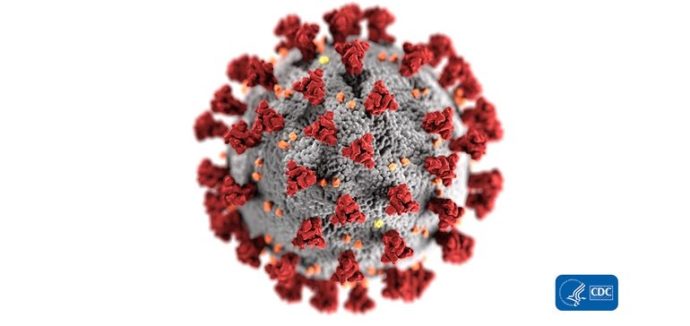The FEHBlog got to work this morning around 8:30 am. Before he knew it, it was past 9:30 am, the time at which the Supreme Court releases online its orders from the latest conference of the Justices. He clicked on the Adobe Acrobat PDF link to the Court’s order list — no go. Bad PDF. He tried different browsers — same result. Twitter ho and there it was “blue State victory” the Supreme Court had agreed to review the Texas v. U.S. case holding the ACA’s individual mandate unconstitutional. The political comment did not make sense to the FEHBlog because only four Justices need to approve a petition for certiorari / review and there are four Democrat appointees on the Court. However, you need five Justices for a final victory. In any event by then the FEHBlog was able to open the Court’s order list and he found the following on page 3:
CERTIORARI GRANTED
19-840 CALIFORNIA, ET AL. V. TEXAS, ET AL.
19-1019 TEXAS, ET AL. V. CALIFORNIA, ET AL.
The motion of 33 State Hospital Associations for leave to file a brief as amici curiae in No. 19-840 is granted. The petitions for writs of certiorari are granted. The cases are consolidated, and a total of one hour is allotted for oral argument.
Case No. 19-1019??!! The FEHBlog was aware of the unmentioned Case No. 19-841 which is the House of Representative’s cert. petition. But what is Case No. 19-1019? It turns out that on Valentine’s Day the red states had filed a cross motion for review / cert with the Supreme Court. So it appears that both sides won at the first stage of the Supreme Court proceedings.
The Supreme Court will hear oral argument in the cases early in its next Term which begins on the first Monday in October 2020. There is no way the Court will decide the case before the Presidential election day on November 3. Hopefully, to avoid a political kerfuffle at the oral argument, the Court will schedule the argument for later in November.
Meanwhile the federal district court for the Northern District of Texas will hold off reconsidering the unconstitutional individual mandate’s proper degree of severance from the remainder of the massive law. The Fifth Circuit in its December order vacated the lower court’s initial decision that the remainder of the law was inseparable and therefore equally unconstitutional. The FEHBlog’s guess is that the Supreme Court took the case in order to short circuit that remand. But time will tell.
In another surprise, the FEHBlog learned along with the healthcare world today that President Trump will speak on the issue of electronic health record interoperability at the next Monday’s opening day of the monstrous HIMSS conference in Orlando, Florida. Health IT News reports that while former Presidents Clinton and Bush 43 have spoken at this conference, President Trump’s appearance will be the first by a sitting President.
Trump’s speech will touch on various aspects of interoperability, innovation and digital health. If past HIMSS conferences are any indication, his appearance may also be timed with the long-awaited final rules on information blocking and patient access from the Office of the National Coordinator for Health IT.
Another probable topic of discussion will be an update on the Trump Administration’s ongoing response to the COVID-19 coronavirus outbreak.
Again time will tell.
Medicare provides coverage for Americans under age 65 with end stage renal / kidney disease for Americans. However,
Medicare is the secondary payer to group health plans (GHPs) [including FEHB plan] for individuals entitled to Medicare based on ESRD for a coordination period of 30 months regardless of the number of employees and whether the coverage is based on current employment status. Medicare is secondary to GHP coverage provided through the Consolidated Omnibus Budget Reconciliation Act (COBRA), or a retirement plan.
Given the FEHBP’s role in the early stages of this serious disease, the FEHBlog wanted to point out this Centers for Disease Control page on understanding chronic kidney disease. End stage renal disease is a later stage of chronic kidney disease. The CDC explains that
The two main causes of CKD are diabetes and high blood pressure. About 1 in 3 adults with diabetes and 1 in 5 adults with high blood pressure have CKD.
People may not feel sick or notice any symptoms until CKD is advanced. The only way people find out if they have CKD is through simple blood and urine tests. The blood test checks for creatinine (a waste product) in the blood to see how well the kidneys work. The urine test checks for protein in the urine (an early sign of kidney damage).
Here’s another reason why annual physical exams are important.







